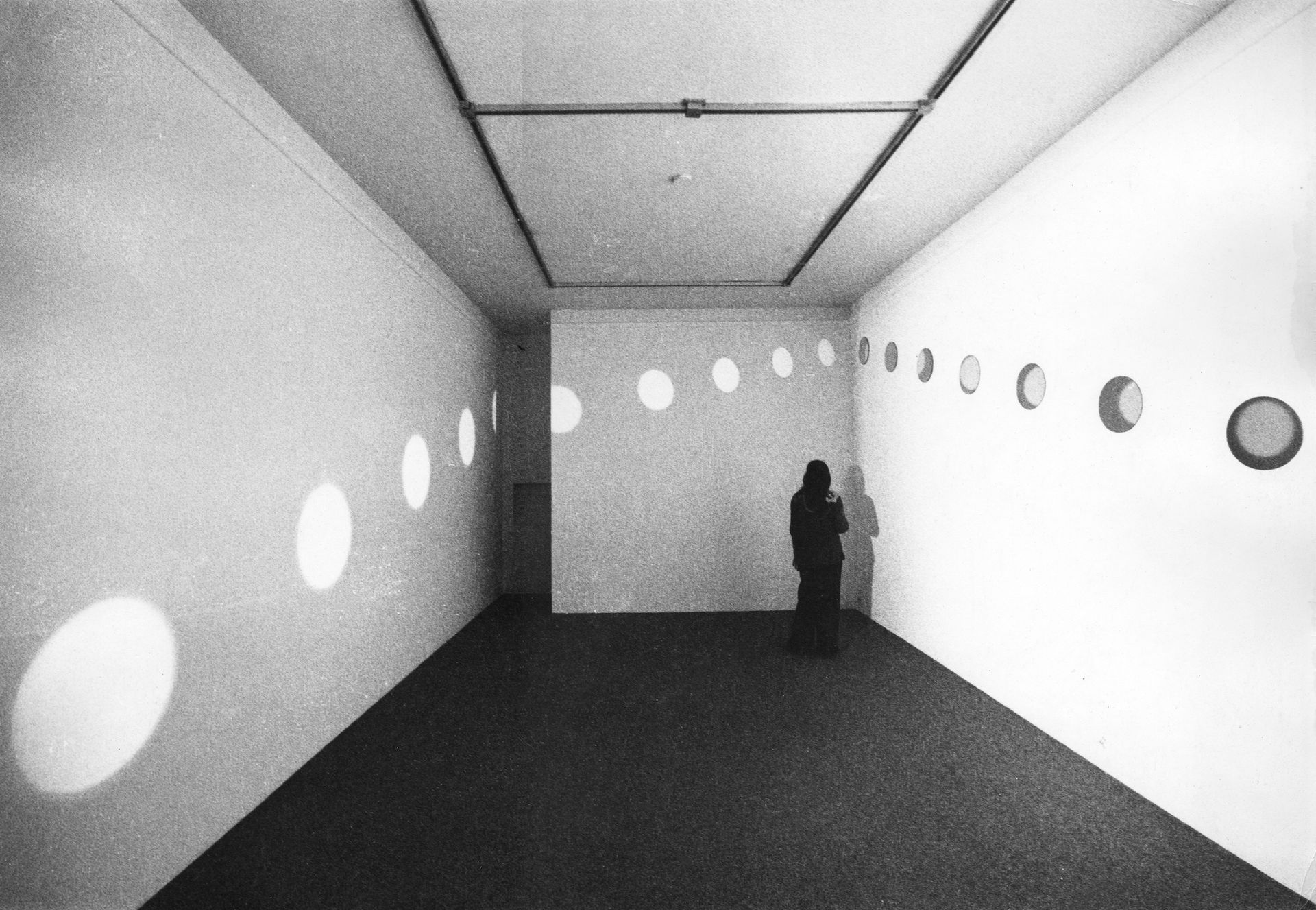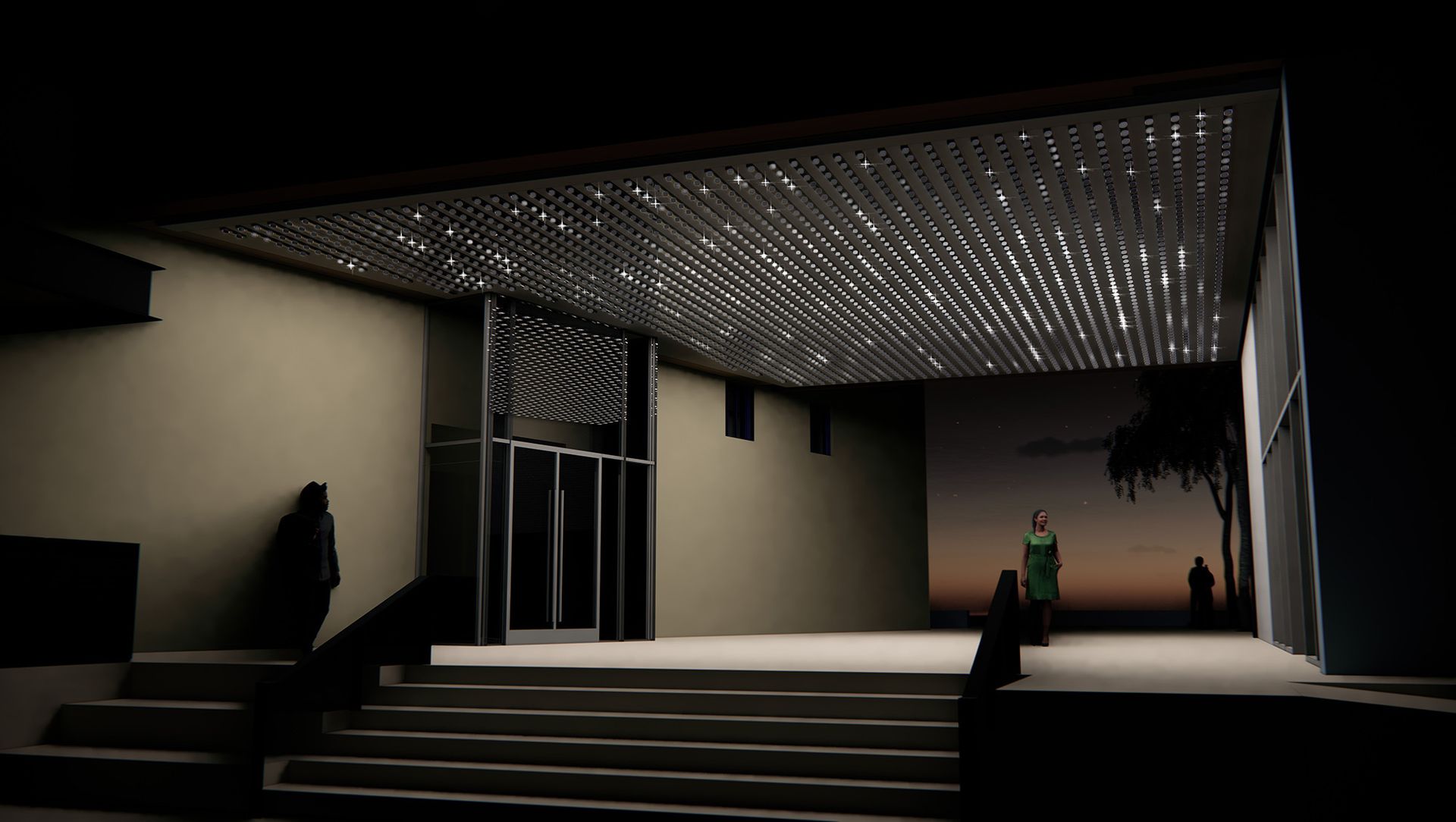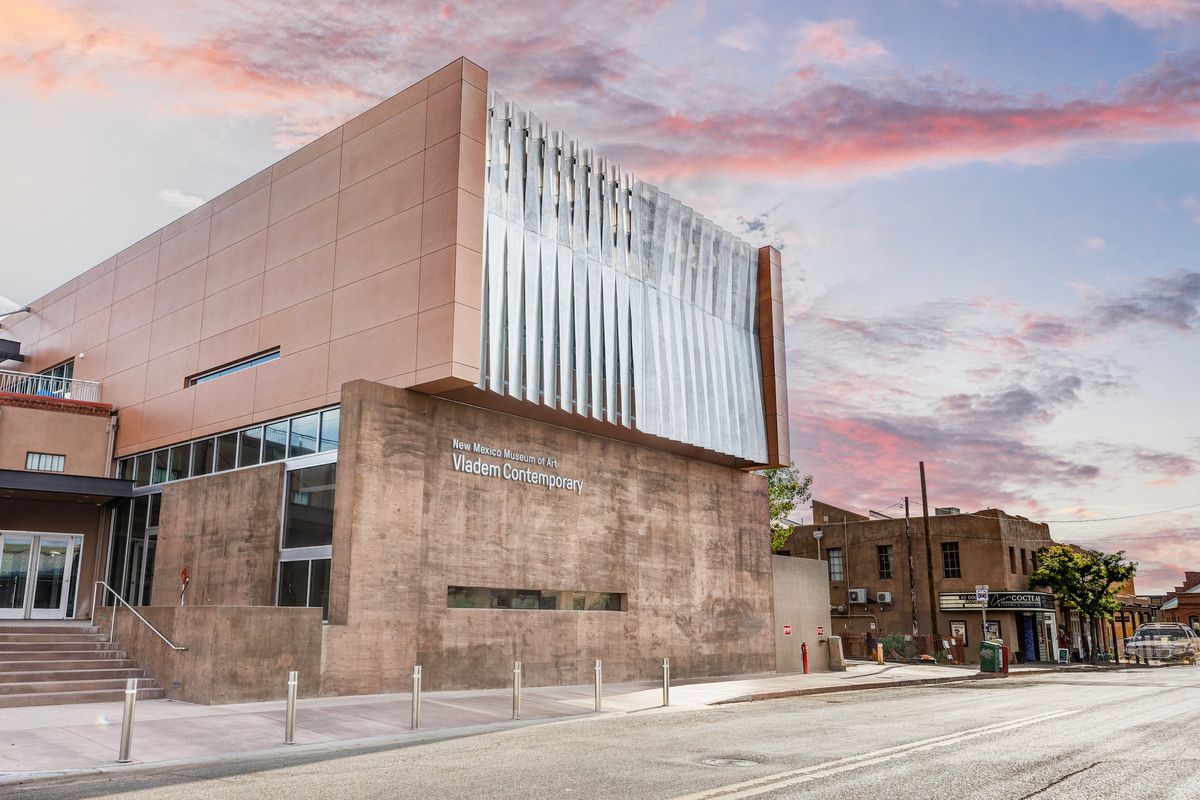A new chapter in the New Mexico Museum of Art, located in the state capital of Santa Fe, begins 23 September. Opened in 1917 in a Pueblo Revival style building, the museum has long prided itself on presenting the rich history of the region through art, from its Indigenous roots, through the Spanish colonial era to statehood in 1912. In the 20th century, numerous artists and writers from other parts of the United States visited, drawn by the golden light, the dramatic landscape and the community of other artists. Some of them ended up settling there, including, most famously, Georgia O'Keeffe. This month the museum opens the Vladem Contemporary, located in a renovated warehouse in the city’s Railyards district, as a space dedicated to art from the 1980s to now.
Years ago, the building was identified as an appropriate site of expansion—it was already owned by the state and well located. “It’s one museum with two sides,” Mark White, the museum’s executive director, says during a walkthrough of the new space. The original museum is less than a mile away, just off the city’s central plaza, the historic centre of Santa Fe. Vladem Contemporary sits on one end of the Railyards area, near the train depot; the other end of the complex is home to SITE Santa Fe, a leading contemporary art kunsthalle. In between are art galleries, restaurants and two film venues.
In the renovation, 18,000 sq. ft of space has been added to a 20,000 sq. ft brick and steel industrial building from the 1930s. Of that, 10,000 sq. ft will be devoted to exhibition, with a large gallery downstairs and a smaller one on the second floor. The remainder of the building will be used for much-needed storage, an educational space and a studio for art residencies—launching with Oswaldo Maciá, who will be installing a sound piece outside.
The inaugural exhibition at the Vladem is Shadow and Light (23 September 2023-28 April 2024), featuring works by more than 20 artists, with 60% of the pieces on loan and 40% from the museum’s collection. White characterises the debut show as “an exploration of the classic idea of New Mexico light as an inspiration for artists for generations. When artists started coming to Santa Fe and New Mexico, they were always lured by the clarity and quality of the light. That continues into the contemporary [era], with the Light and Space artists and their connection to New Mexico.”

Nancy Holt, Mirrors of Light II (1974), installation view at Walter Kelly Gallery, Chicago, Illinois Photograph: John R. Bayalis. Courtesy of Holt/Smithson Foundation. © Holt/Smithson Foundation / Licensed by Artists Rights Society, New York
Merry Scully, who was the museum’s head of curatorial affairs until last year and oversaw the curation of Shadow and Light, says they thought about “how we make a statement about contemporary art in New Mexico because people always associate New Mexico with historic Southwest landscape”. She wanted to present a broader view, “like land-based practice, Light and Space and beginning with the Transcendental Painting Group and artists who were trying to represent things beyond representation”. (Scully is now the director of the art museum at California State University in San Bernardino.)
Shadow and Light will include work by Emil Bisttram and Florence Miller Pierce, original members of the Transcendental Painting Group, which was founded in 1938 in Taos and Santa Fe. For them, abstract art was a portal to the spiritual, or at least the world beyond ours. The exhibition will present work by artists who have lived in the region, such as Agnes Martin and Virgil Ortiz, but also some who haven't, such as Nancy Holt, represented by the installation of Mirrors of Light (1974). Several featured artists have been based in California, but spent significant time in New Mexico, including Larry Bell, Helen Pashgian and Ron Cooper.
Judy Chicago, a key figure in the feminist art movement, is now a resident of Belen, New Mexico. She will have two drawings and an augmented reality (AR) project in the show. The AR project is based on animated versions of her pet cats, memorialised in her Kitty City series, and will appear throughout the museum via headsets which will be available for rent.

Rendering of Leo Villareal's Astral Array (2023) at Vladem Contemporary Courtesy the artist
The museum has two entrances at either end of the main structure. One faces downtown, and the other faces south, toward the Railyard and the train depot. The south entrance is in a breezeway with an overhead light installation, Astral Array (2023) by Leo Villareal, an artist born in Albuquerque who is now known far and wide.
Costs for the Vladem’s construction total $20.2m, paid for through the state of New Mexico and private donations, including $4m from the local patrons Robert and Ellen Vladem, for whom the building has been named. The New Mexico Museum of Art is one of eight museums under the auspices of the New Mexico Department of Cultural Affairs.


